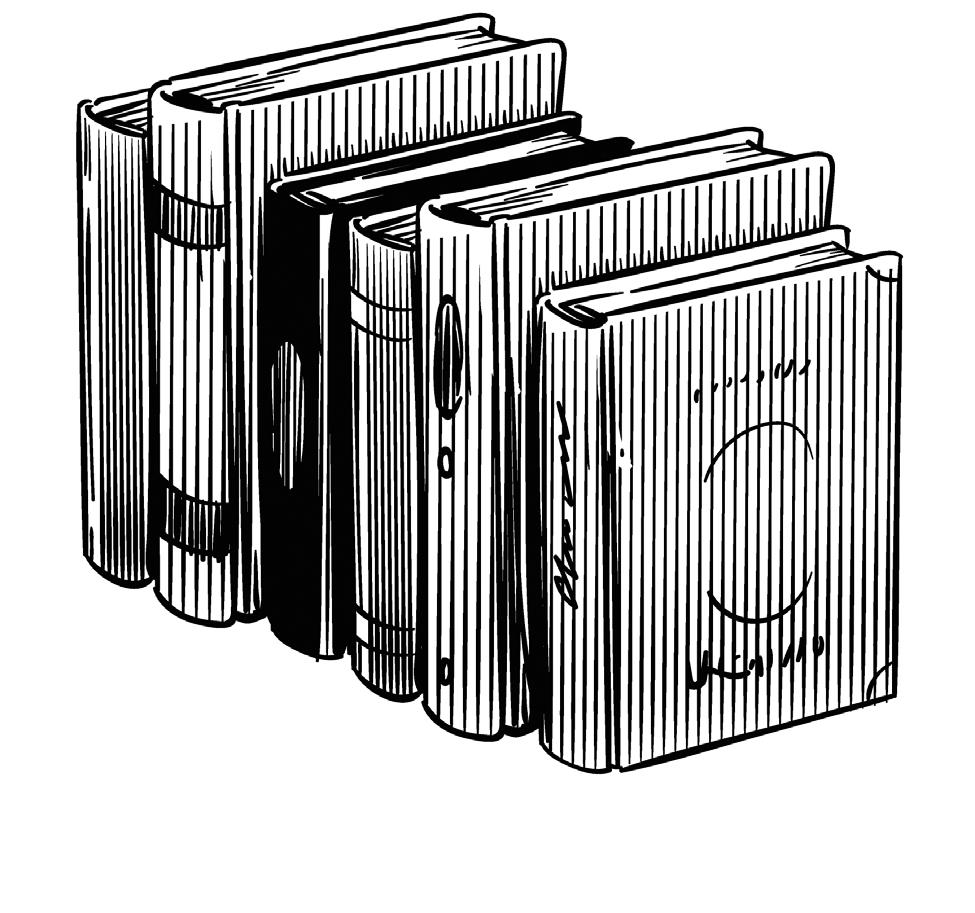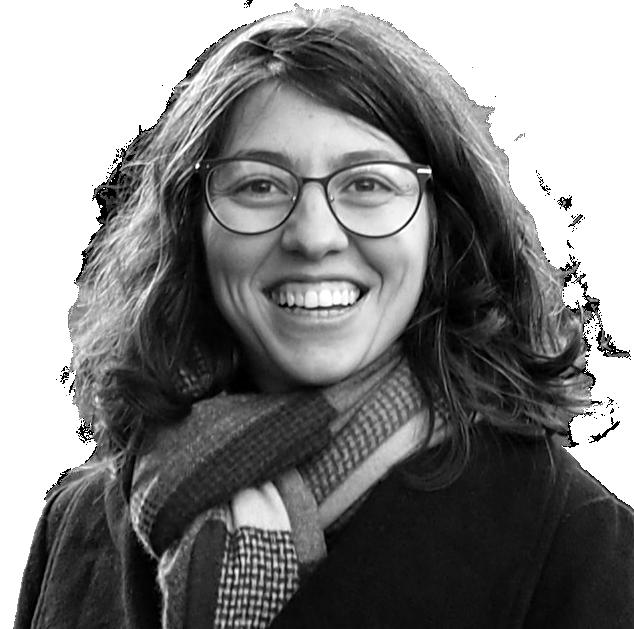
5 minute read
MIND THE GAP: NAVIGATING THE ACADEMIC HIRING PROCESS AND CAREER TRANSITIONS
BY ANA CAROLINE COLOMBO
As a PhD student in Brazil trying to pursue a career in academia, it took me a while to realise that I had to mind the gap between the training I had been undertaking and the requirements to become an academic. And I only started thinking about it when I saw those around me applying for academic positions. For some reason, I’d never asked my supervisor what his journey was. My goal with this article isn’t to go into much detail about the roles and daily activities that each position—PhD student, postdoc, early career researcher, lecturer—entails but to highlight the academic hiring process and the differences amongst some countries. At the end of this article, I will discuss repositioning to a non-academic position.
The Academic Hiring Process In Brazil
In Brazil, most of the best universities are public and free to attend. The government subsidises them, and the staff are hired through public tender. The process varies slightly from place to place and field to field, but, in general, the candidate needs to write a long academic autobiography instead of a CV to apply for a position. Yes, this means they need to write, in a storytelling format, their journey and achievements in academia. Writing this can be useful to reflect on their career journey. The issue is time and support to write a good one. This academic autobiography is usually used in the interview stage, during which the candidate needs to do a viva of their content to the judging panel. Some application processes also require a research project that would be similarly used during the interview process. And this is just the application phase. Candidates are required to undertake a written exam about their study area, and this phase is usually eliminatory. This means that you need to study broad topics, and they draw one or a few topics for you to write about. Once the candidate is successful, they would discuss their academic autobiography and research project with the judging panel. But that isn’t all. There is also a teaching exam in which a topic is drawn, and the candidate has 24 h to prepare a lesson about the topic and deliver it to the judging panel. This process is long and requires preparation before and during the tender (around a week).
But you might be asking, why are you telling me about the academic system in Brazil? Because I thought, at the time, that academic hiring processes were similar everywhere. The reality couldn’t be more different. Although you might think you won’t move countries, it is good to know how to prepare for a career transition and understanding the processes can help you in this preparation. An academic career is commonly international, and people move places a lot. This may not be for you, but it might appeal to the students you are or will be supervising.
Moving To The Usa And The Uk
I moved to the USA and learned about a different transition process there. A book called The Professor Is In1 was one of the reading recommendations at the time. If you have time, it is still worth reading, but pay attention to the differences amongst places and regions. In the USA, becoming a professor/ lecturer (name varies depending on the location, too!) is quite a similar process as in the UK, where I currently live. In these countries, candidates usually apply by submitting an academic CV, which is longer than a traditional CV and focuses primarily on research and academic contributions; a cover letter; names and contacts of references; a list of publications or examples of publication; a research statement to cover your research experience and future proposals; and a teaching statement. Again, what is requested varies according to institution and field, and the documents listed above may vary slightly, but this list gives you a general idea of the application process. The application is considered the first phase of the hiring process, and only a few candidates (around five) are invited for a usually in-person interview. Universities typically cover the travel costs of the candidates. During the interview, different dynamics can be in place, including but not limited to: a talk in which candidates usually include some information about themselves, their career, how they will insert into the department/university context and their 5-year strategy for research and teaching; a social event with other lectures and/or students, e.g. a dinner in which they assess your soft skills (e.g. communication, teamwork, leadership, interpersonal skills); and a human resources (HR) interview, which is a more formal HR-focused questionnaire type of assessment.
REPOSITIONING TO A NON-ACADEMIC JOB
The transition to an academic role isn’t easy and requires much preparation. But imagine that halfway through pursuing an academic career, you realise it is not for you, or you may not find a good match for your goals based on the available positions. You will need to reposition yourself to a non-academic job, which is scary, and there are many discussions about this that I won’t cover in this article. But, again, the

I MOVED TO THE USA AND LEARNED ABOUT A DIFFERENT TRANSITION PROCESS THERE. A BOOK CALLED THE PROFESSOR IS IN1 IF YOU HAVE TIME, IT IS STILL WORTH READING hiring process in a non-academic job varies from country to country and varies a lot compared to everything you might have gone through or thought of going through in the academic journey. The skills learned could be and should be transferable, but candidates must now adapt their mindset to a new perspective (further reading: SEB transferable skills guide2), because in a non-academic job, a candidate’s CV usually has two pages maximum, in which they need to focus much more on skills, projects and successes than their research. Your research will be part of it, but it isn’t the main focus. Usually, the design of the CV and the main subsections matter a lot. Again, it is an entirely new type of preparation. Although candidates can use the same format in different countries, tailoring to that specific place’s requirements and examples give them the best chance in the first screening process. It can take recruiters less than a minute to skim a CV and decide whether an applicant is worth pursuing. In some countries, such as the USA and the UK, a cover letter is also mandatory, while in Brazil, this isn’t that common. Candidates might also need to fill out an application form or take basic exams. The other hiring phases can vary in number and type, including interviews, presentations, project completion and HR assessment, amongst others. This information can commonly be found in the job description or is sent after applying.
It is important to say that I have gone through none of these academic processes myself but was interested in learning about them given that an academic career was on my radar, and I had someone close to me going through these processes more than once. However, I did reposition myself to a non-academic job, and that’s why I’m here writing this article today.
Next Steps For You
I encourage you to do not only your science research but also career research. Look at what things are asked for in your next career move. How to prepare for this? Sometimes, it may take a year or so to build a relationship to get a good reference contact, for example. As a learned society, the SEB nurtures connections and provides many resources and webinars to develop your career whether you choose to be in academia or not. We currently have the Leaders of the Future and Careers and Coffee webinars in which the speakers talk about their career journeys in academic and non-academic settings, respectively. Keep an eye on the following events and contacts us at r.ellerington@sebiology.org for any support with your career development.
IN SOME COUNTRIES, SUCH AS THE USA AND THE UK, A COVER LETTER IS ALSO MANDATORY, WHILE IN BRAZIL, THIS ISN’T THAT COMMON.










